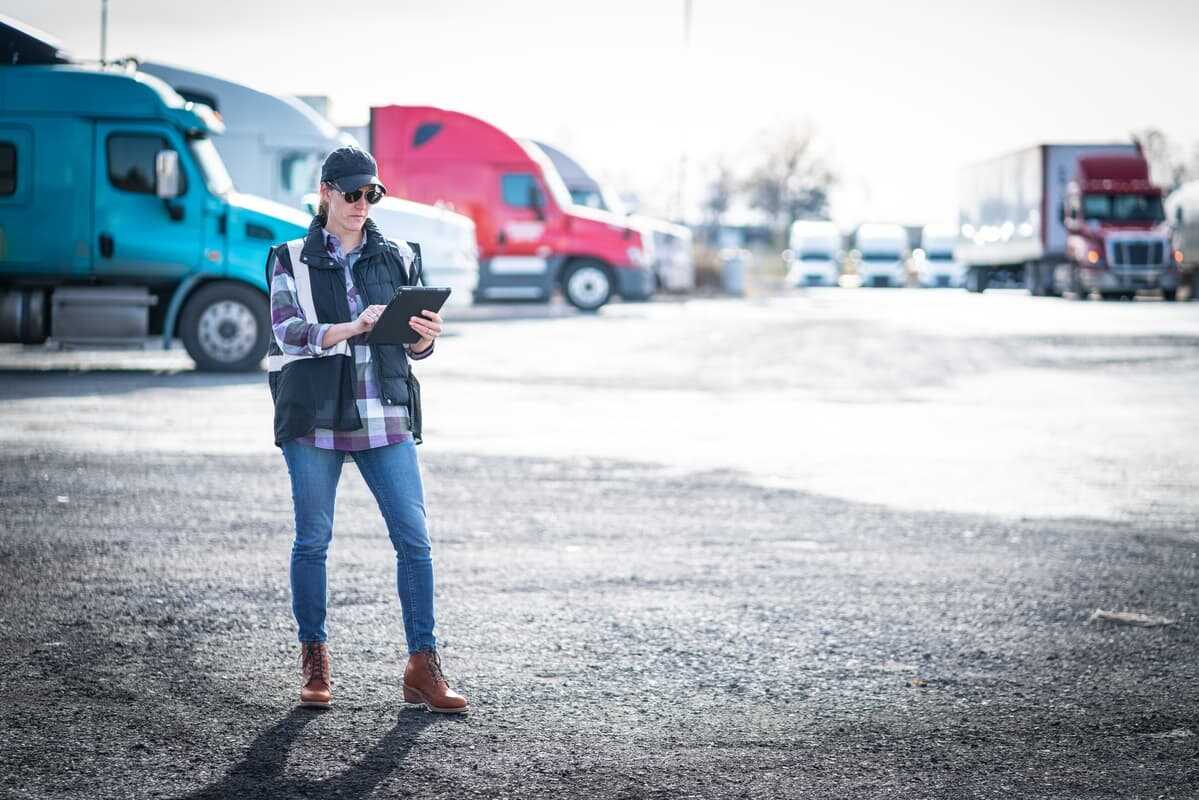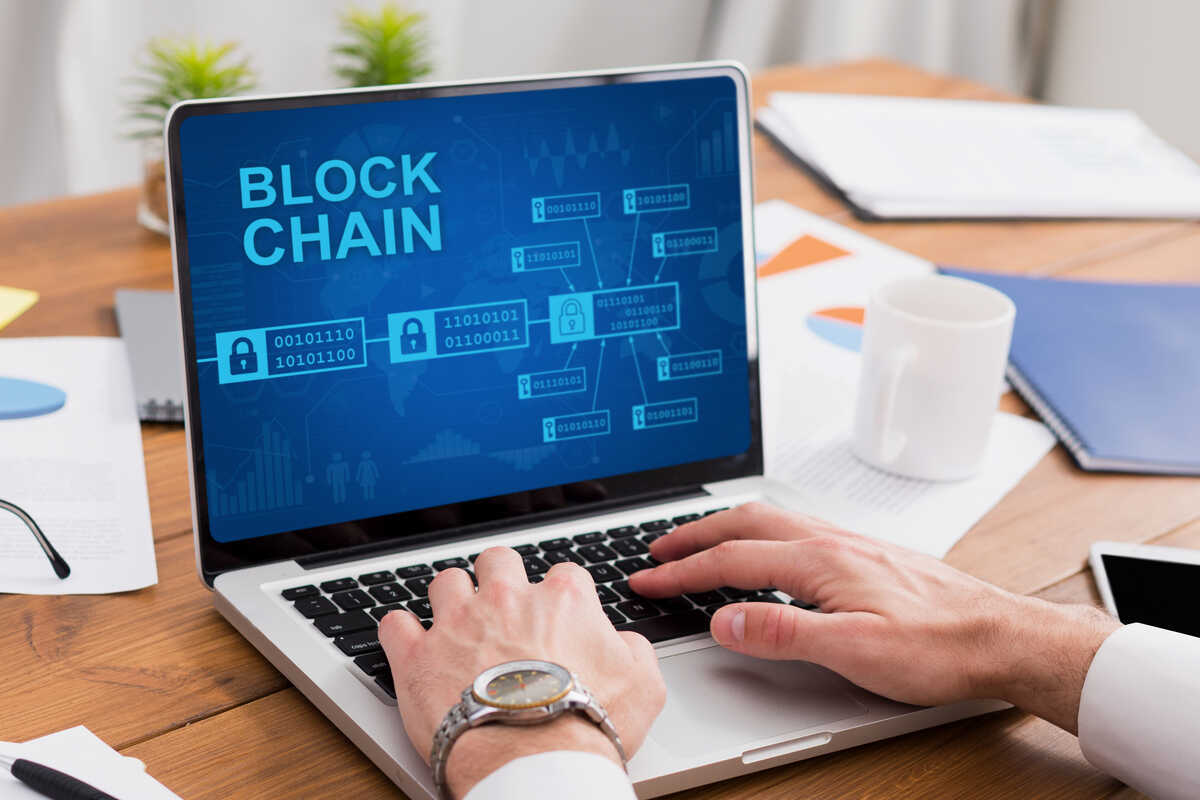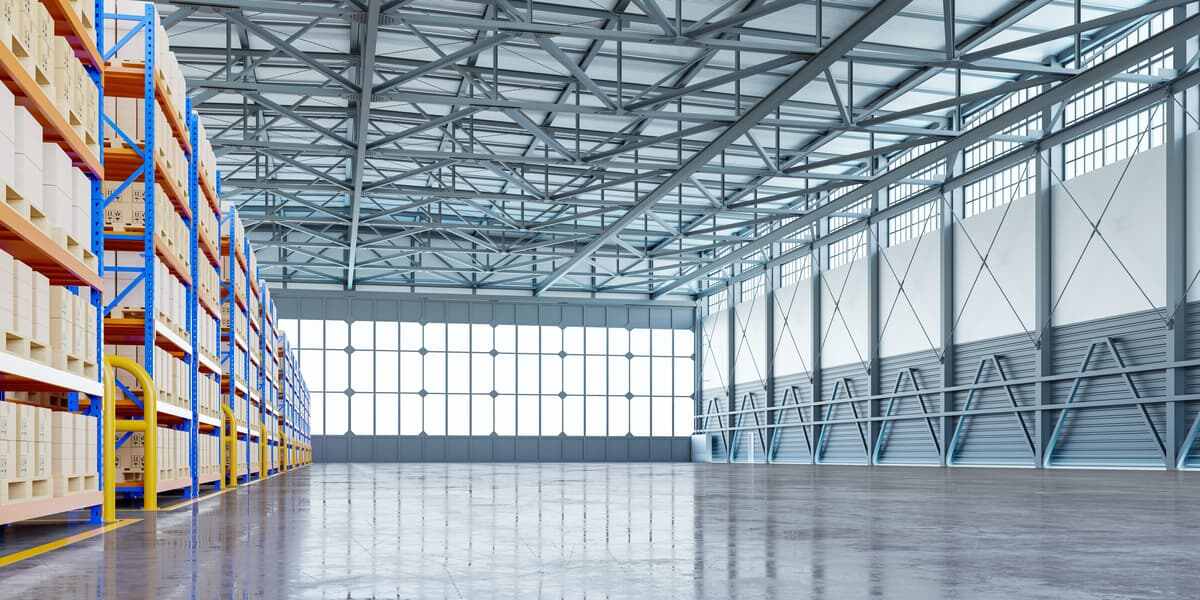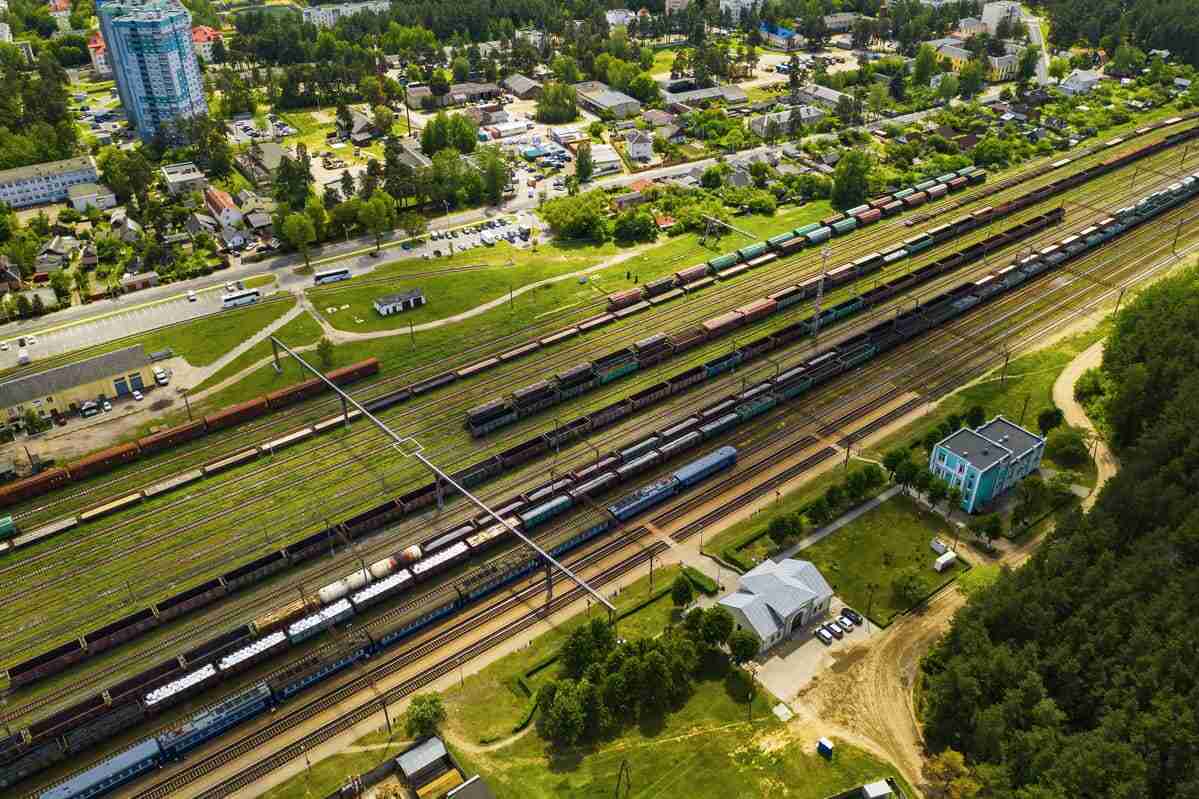What Is Reverse Logistics and How Does It Work?


Reverse logistics have become a key element of any successful supply chain. Reverse logistics refers to the process of taking items returned by customers and returning them to the manufacturer or distributor.
Today, consumers expect no-hassle returns. Returns on e-commerce orders exceed those made in stores by 3 to 4 times. That means reverse logistics is critical for most businesses. Learn more about this process below.
What Is Reverse Logistics?
Reverse logistics refers to the type of supply chain management that transports products from customers back to the manufacturers or sellers. Processes like recycling and returns require reverse logistics once a customer receives a product.
Reverse logistics begin at the end consumer, going back through the supply chain network to the distribution center or from the distributor to the manufacturer. They can also include processes where the end consumer handles the final disposal of the product, including resale, refurbishing, and recycling.
What Is a Reverse Logistics Expert?
A reverse logistics expert is a professional who can help your business be more efficient by offering a reverse logistics solution and suggesting and implementing process improvements in your reverse supply chain. An excellent reverse logistics expert will consider your business priorities, customers, and sales goals.
When Is Reverse Logistics Used?
Companies use reverse logistics when products move from their final destination backward through the supply chain to the seller or supplier. The objectives of reverse logistics are to retrieve value from the product or dispose of it and ensure repeat customers.
At least 30% of items ordered online are returned, compared to less than 10% of in-store purchases. Smart organizations typically have a reverse logistics strategy to build customer loyalty, repeat business, and reduce losses associated with returns.
How Does Reverse Logistics Work?
Reverse logistics moves products from the endpoint of the supply chain at least one step back. The reverse logistics process includes handling returns and purchasing excess materials and goods. It's also responsible for managing any refurbishments or leases.
Reverse logistics vary across different industries, and there are various incentives for enhancing logistics management.
For example, in the construction industry, the reverse logistics process moves and recycles salvaged materials to new sites. There are opportunities for cost savings with reverse logistics implementation as the construction industry adopts more sustainable practices to minimize waste.
In the beverage industry, reverse logistics uses empty tap containers. Beverage production companies reuse their containers to recapture their value. That requires a good reverse logistics strategy, which considers cleaning the containers, managing shipping loads, and transportation.
Reverse Logistics vs. Traditional Logistics
Traditional goods flow begins with suppliers and moves on to manufacturers or distributors. From there, the items travel to retailers and consumers. On the other hand, reverse logistics management begins with the customer and returns the goods to any point along the supply chain.
An effective supply chain is responsive to changes and can handle reverse logistics requirements. This process can return a defective product one stage back in the supply chain or to the initial supplier. Moreover, they can send returned goods back to sales or discount channels.
Effective Reverse Logistics Strategy
Process the return: The return process begins once the consumer signals they want to return an item. It should include authorization and identification of the product's condition. The return process also involves approving refunds, scheduling return shipments, and replacing defective items.
Handle the returns: Once a returned item arrives at your location or processing center, examine it and determine its return category. Sort them into disposition options: resell as new, resell as return, fix, recycle, refurbish, or scrap.
Reduce your daily waste: Reduce your daily waste by sending fixable products to the repair branch.
Repair: Once you review the returned product and determine whether it can be fixed, move it to the repair location. If that's not possible, sell the sellable parts.
Recycle: Send any products or parts that you can't repair, reuse, or resell to the space for recycling.
Elements of Reverse Logistics
- Returns management: This process handles product returns or avoids returns in the first place. These activities should be straightforward, visible, controllable, and fast. Customers evaluate the business for its return flow and re-return policies. A re-return refers to the return of a product for the second time.
- Frequently, these returns activate extended return policies, like offering store credit.
- Return policy and procedure (RPP): The policy about returns a business shares with customers is its RPP, and they should be visible and consistent. Employees should also follow them.
- Refurbishment or remanufacturing: Refurbishing, remanufacturing, and reconditioning are activities that rebuild, repair, and rework items. Companies also recover reusable, interchangeable materials or parts from other products (known as cannibalization of parts).
- Packaging management: This management focuses on reusing packing materials to reduce disposal and waste.
- Unsold goods: Reverse logistics for unsold goods manage returns from retailers to distribution centers or manufacturers. The returns can happen because of poor sales, delivery refusal, or inventory obsolescence.
- End-of-life (EOL): EOL products are no longer useful or don't work. Manufacturers usually recycle or dispose of EOL items. Such products can create environmental issues for manufacturers.
- Delivery failure: Drivers return items to sorting centers when a delivery fails. Then, the sorting centers return the goods to their point of origin. Some sorting centers may have employees who identify why delivery failed, fix the issue, and then resend.
- Rentals and leasing: Once a product comes to the end of its lease or rental contract, the business that owns the product can recycle, remark, and redeploy it.
- Repairs and maintenance: In some product agreements, companies and customers maintain items or repair them if any issues arise. Sometimes, the company sells returned, defected products to another buyer after repair.
The Five Rs of Reverse Logistics
The five Rs of reverse logistics are:
- Returns
- Reselling
- Repairs
- Repackaging
- Recycling
Companies typically apply metrics to each of these stages to track their progress.
Significance of Reverse Logistics to Your Business
Reverse logistics is vital since it maintains an efficient flow of products. An effective reverse logistics program can reduce costs and risks, create value, and complete the product life cycle.
Many companies plan to invest in the circular economy. This type of economy follows traditional logistics and continues through a closed-loop supply chain.
In a closed-loop supply chain, companies operate in a system focused on a sustainable economy and fighting environmental issues. Businesses find new uses for disposed items with repair, recovery, and recycling. Materiels that were once viewed as waste become valuable again.
The circular economy also ensures compliance as many countries institute a policy demanding producers to employ more sustainable practices. The guidelines define subsidies for recycling, waste prevention, research, and development. Other policies mandate collection and recycling programs, penalize some waste practices and restrict landfills.
Reverse Logistics Can Improve Customer Experience
Returns are key factors in commerce today. A lack of a comprehensive returns program will disappoint customers, resulting in poor reviews and loss of market share.
Consumers are more willing to buy when they understand the return policy, even if they don't return the product. A return process backed by reverse logistics management gives them peace of mind and a sense of trust.
Advantages of Reverse Logistics
Reverse logistics offer financial benefits while positively affecting the business culture and environment. Refining the processes for what happens to items after delivery helps save money and retain customers.
The product data collected when engaging with consumers after delivery is a perk of effective reverse logistics. The information offers insight into the company's supply chain and opportunities to improve items and customer experience.
Reverse logistics can also lead to better supply chain visibility, which can lead to perks such as:
- Waste reduction and better sustainability
- Cost reduction
- Faster and better service
- Better customer satisfaction
- Greater customer retention
- Loss reduction
- Enhanced brand sentiment
Challenges of Reverse Logistics
A challenge of reverse logistics is that the flow has to go both ways, and managers must set up the right infrastructure for it to be effective and efficient. That usually requires software that can track and automate each stage of reverse logistics. Moreover, once the infrastructure is set, management must continuously monitor and evaluate the company's reverse logistics processes to ensure efficiency.
Businesses have to track inbound and outbound logistics for the full picture. Inbound logistics handle the receipt of raw goods or materials from the supplier to the manufacturer. On the other hand, outbound logistics cover processes that deliver the finished product to the end-user.
Both outbound and inbound logistics are evaluated from the manufacturer's point of view. And reverse logistics can be part of any point in the supply chain.
The Bottom Line
After reading this article, you have a good idea of what reverse logistics is and how it works. Apart from offering many benefits such as reduced costs and better customer experience, reverse logistics is also an eco-friendly solution that can help combat environmental issues.
Feel free to check Unival Logistics and find a transportation solution that will suit your business.
Latest blogs
Should You Get Third-Party Insurance when Shipping Expensive Goods?
Mon, Jul 4th 2022, 16:42
 Continue Reading →
Continue Reading →
Innovations in Shipping Technology: How the Industry Is Changing?
Fri, Jul 1st 2022, 13:42
 Continue Reading →
Continue Reading →
What Is Declared Value? – and How It Differs from Shipping Insurance
Fri, Jul 1st 2022, 10:26
 Continue Reading →
Continue Reading →
Logistics vs. Supply Chain Management: What Are the Differences?
Fri, Jul 1st 2022, 10:01
 Continue Reading →
Continue Reading →
Categories
defaultCall Us Today
Get premium full-value shipping insurance at affordable rates and be sure your parcels are 100% safe during transport. Work with a logistics powerhouse - get in touch with us today.
213-368-3444
Contact Us
Want a peace of mind when shipping valuable packages? Our experts are happy to ansver any questions you may have and provide you with a tailored soulution that meets your unique shipping needs. Email us today and ship your luxury items with ease!

